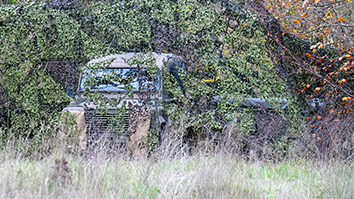Citation
Rubin, J.; Abreu, R.; Ahern, S.; Eldardiry, H.; Bobrow, D. G. Time, Frequency & Complexity Analysis for Recognizing Panic States from Physiologic Time-Series. 10th EAI International Conference on Pervasive Computing Technologies for Healthcare.; Cancun, Mexico. Date of Talk: 2016-05-16
Abstract
This paper presents results of analysis performed on a physiologic time-series dataset that was collected from a wearable ECG monitoring system worn by individuals who suffer from panic disorder. Models are constructed and evaluated for distinguishing between pathologic and non-pathologic states, including panic (during panic attack), pre-panic (preceding panic attack) and non-panic (outside panic attack window). The models presented use data fusion to combine both traditional time and frequency domain heart rate variability analysis together with nonlinear/complexity analysis. The best performing model is shown to be a random forest classifier that achieves an accuracy of 97.2% and 90.7% for recognizing states of panic and pre-panic, respectively. The models presented have application in pervasive and ubiquitous mobile and wearable health management systems.


